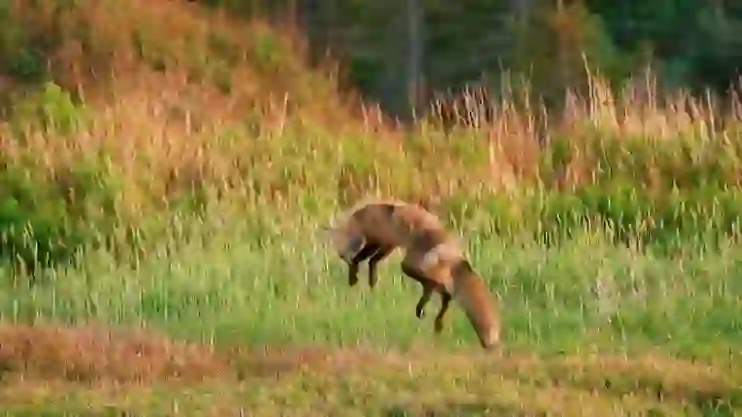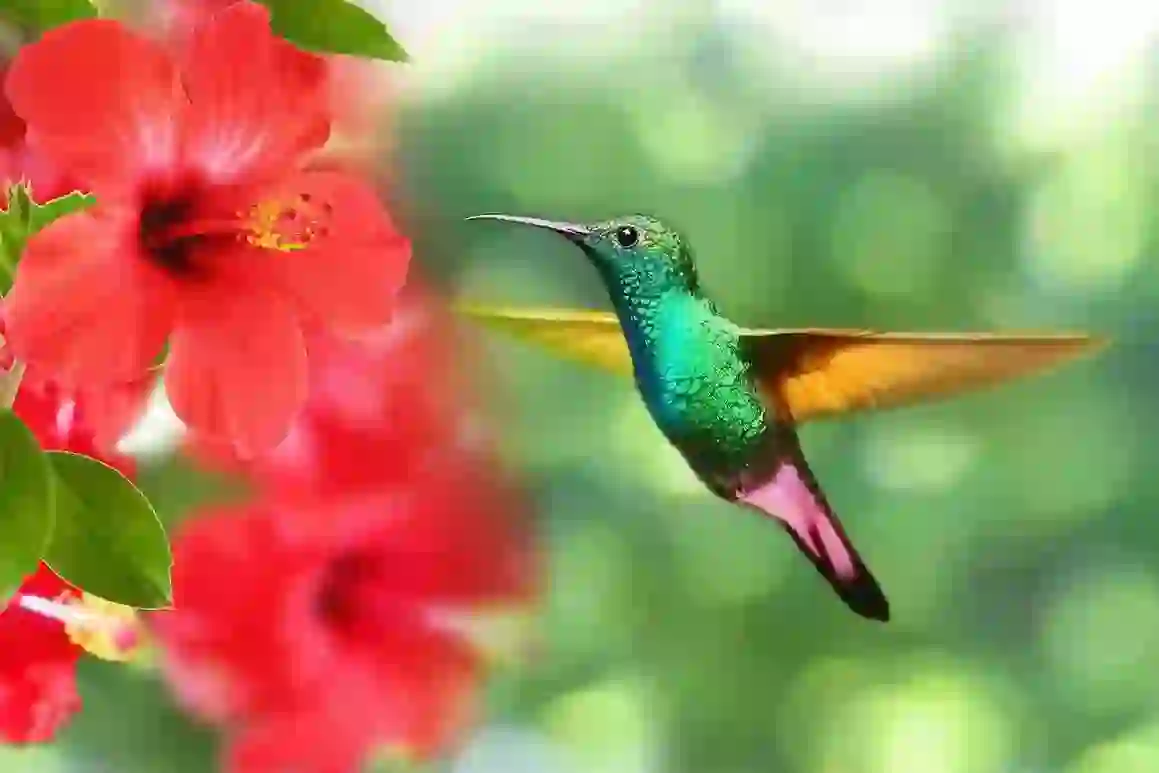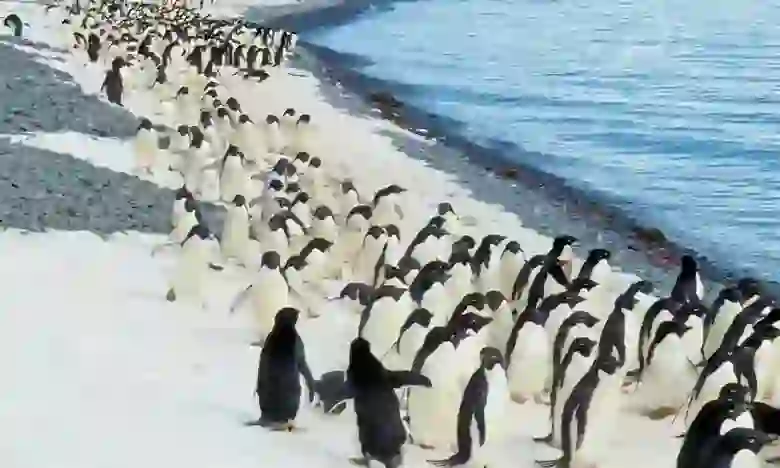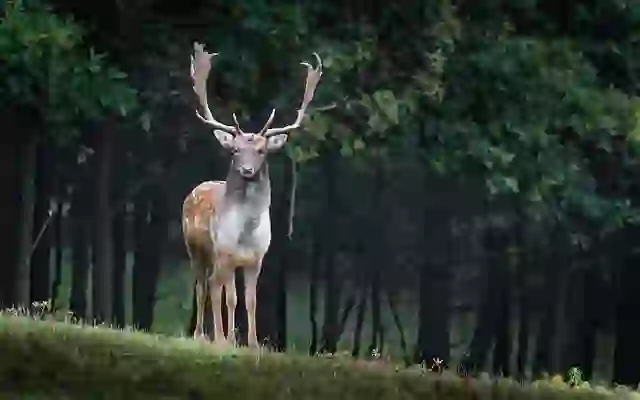
Aplastodiscus arildae
Aplastodiscus arildae
Aplastodiscus arildae
In the Atlantic Forest of Brazil, *Aplastodiscus arildae*, a species of canebrake treefrog, enchants the night with its beautiful calls. These frogs, with their vibrant green bodies, are known for their preference for the humid forests and the melodious songs they produce. Let's explore the captivating world of *Aplastodiscus arildae* and their enchanting melodies.
Aplastodiscus arildae Basic Infomation
.webp?alt=media)
| Property | Value |
|---|---|
| Scientific Name | Aplastodiscus arildae |
| Taxonomic Status | SPECIES |
| Rank | Species |
| Vernacular Names | No Info |
| Kingdom | Animalia |
| Phylum | Chordata |
| Class | Amphibia |
| Order | Anura |
| Family | Brachycephalidae |
| Genus | Aplastodiscus |
.webp?alt=media)
*Aplastodiscus arildae* is a frog species belonging to the genus *Aplastodiscus* in the family Brachycephalidae, found in the Atlantic Forest of southeastern Brazil.
They are about 4-5 cm long, with a vibrant green back and a white or cream belly.
Their skin is smooth and moist.
Aplastodiscus arildae Q&A
.webp?alt=media)
Where do *Aplastodiscus arildae* live?
*Aplastodiscus arildae* are found in the mountainous regions of the Atlantic Forest in southeastern Brazil, at elevations between 500 and 1,000 meters.
They prefer humid environments and are often found in forests and near water bodies.
They are nocturnal, spending the day hidden under leaves or in tree hollows, and become active at night.
.webp?alt=media)
What kind of sound do *Aplastodiscus arildae* make?
Male *Aplastodiscus arildae* emit a beautiful, high-pitched, clear call, "coor-r-r-r...,"
Their call can carry over long distances.
During the breeding season, males engage in a chorus of calls, competing for mates.

Are *Aplastodiscus arildae* endangered?
*Aplastodiscus arildae* are facing population decline due to habitat loss and pollution and are listed as Vulnerable (VU) on the IUCN Red List.
Their habitat, the Atlantic Forest of Brazil, is being destroyed by development and deforestation.
Water pollution caused by pesticide use also threatens their survival.
Protecting their habitat is crucial for the conservation of *Aplastodiscus arildae*.

Would you like to become a part of the 'Animalbook.jp'?
Turn your knowledge into Q&A and share it with the world. ※Publication will be activated after purchase. Let's share information together!
Aplastodiscus arildae Type of List
.webp?alt=media)
- Aplastodiscus arildae
Information
Congratulations! You are the first commenter!

Create Your Favorite List!
Aplastodiscus arildae
Save the animals you love! Build your own list to quickly revisit your favorites later.

Would you like to leave a comment?
※Please note: This is for the purchase of rights to post comments within the article.
Find Your Favorites!
Our shop offers a unique and attractive selection of goods themed around various animals.
Aplastodiscus arildae References
Aplastodiscus arildae Introduction of media used
.webp?alt=media)
Ubiratã Souza, CC BY-SA 4.0, via Wikimedia Commons
.webp?alt=media)
Lucas Rosado Mendonça, CC BY-SA 4.0, via Wikimedia Commons

Diogo Luiz, CC BY-SA 4.0, via Wikimedia Commons
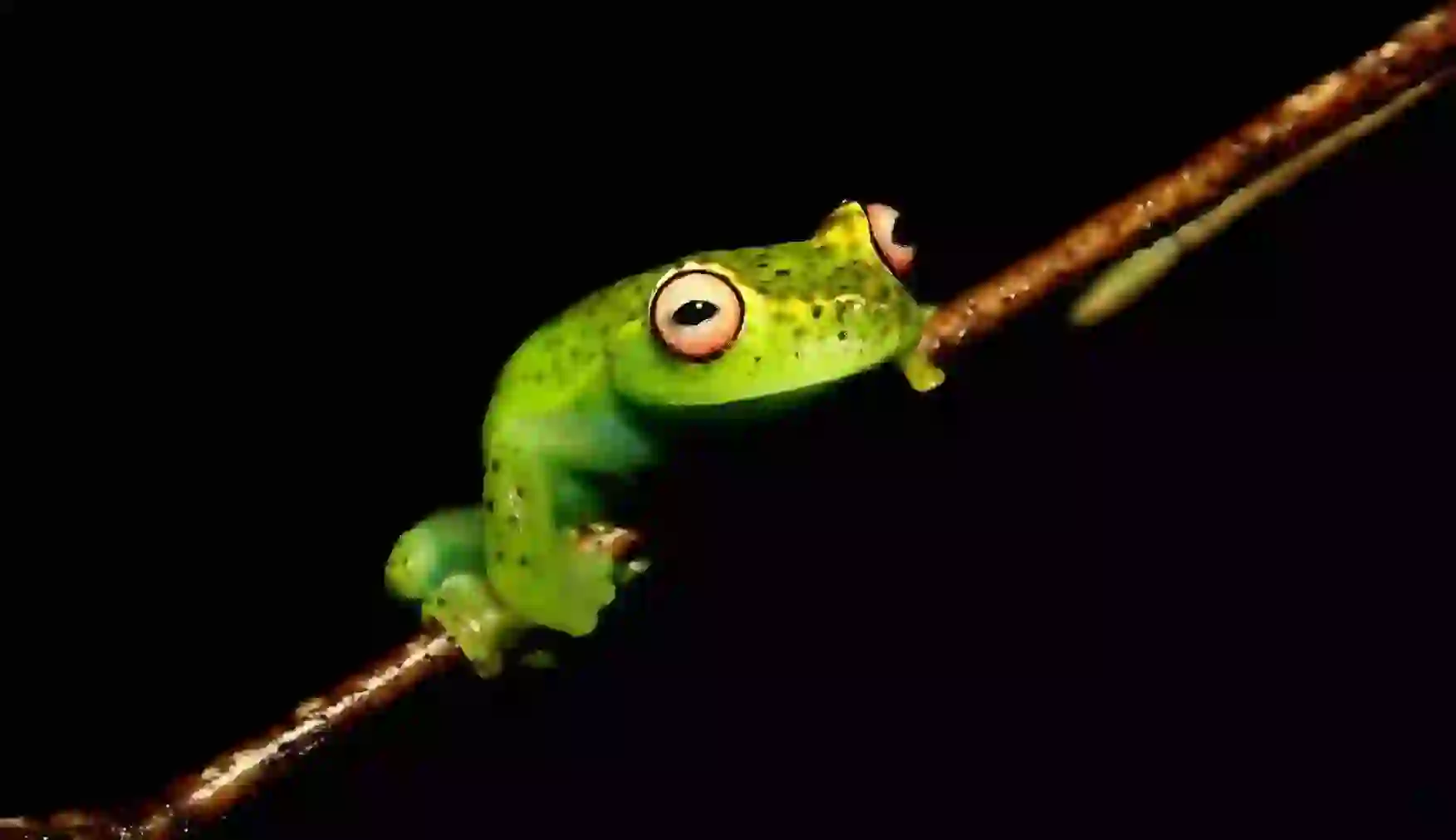
Philipe Zan, CC BY-SA 4.0, via Wikimedia Commons

Help Enrich Our Animalbook.jp with Your Media!
We are constantly looking to expand and enrich our Animalbook.jp with amazing photos and videos of animals. If you have any media that you'd like to share, please contribute and help us showcase the beauty and diversity of the animal kingdom. Your submissions will be credited and featured in our encyclopedia, reaching a wide audience of animal lovers.



